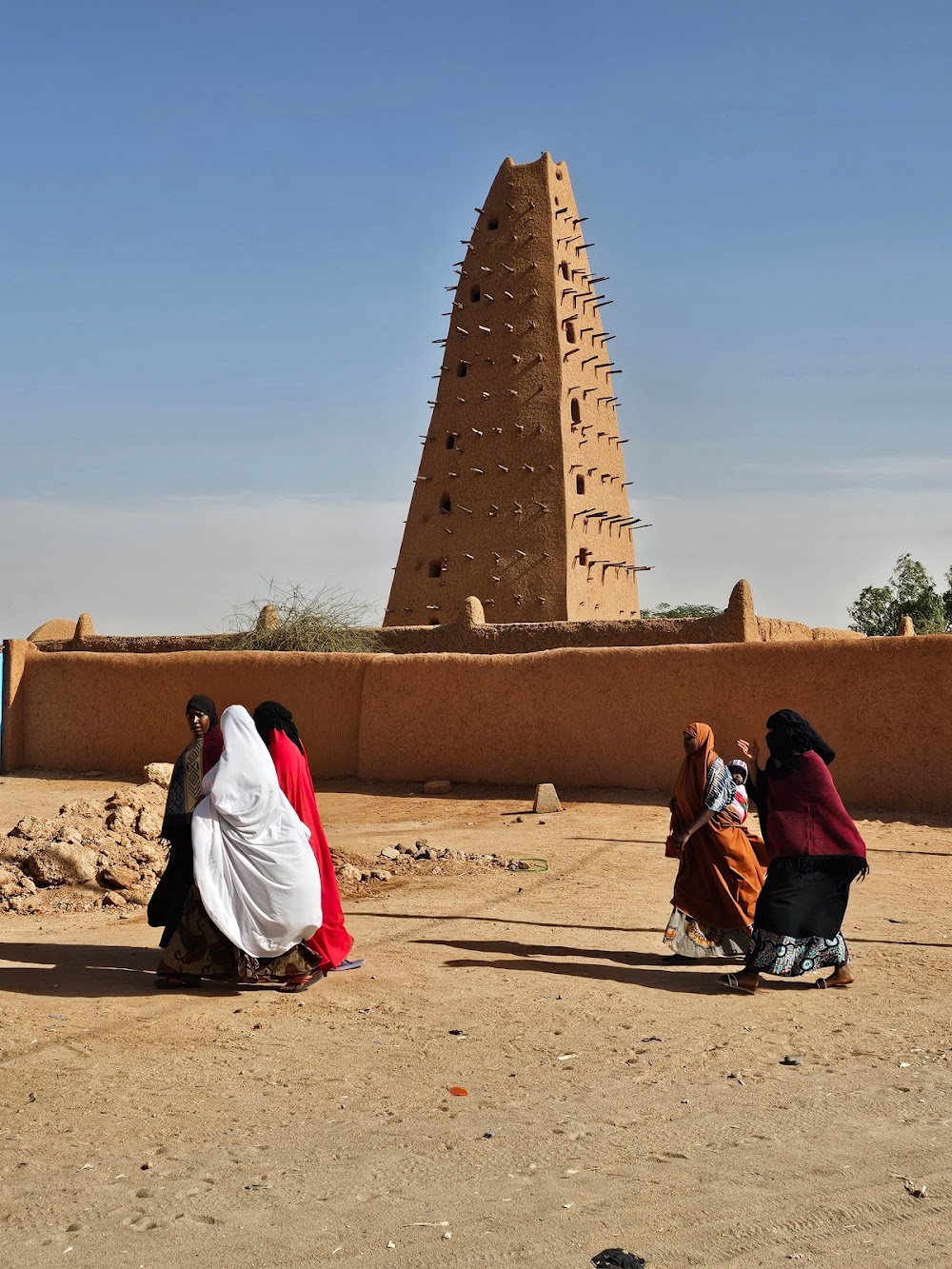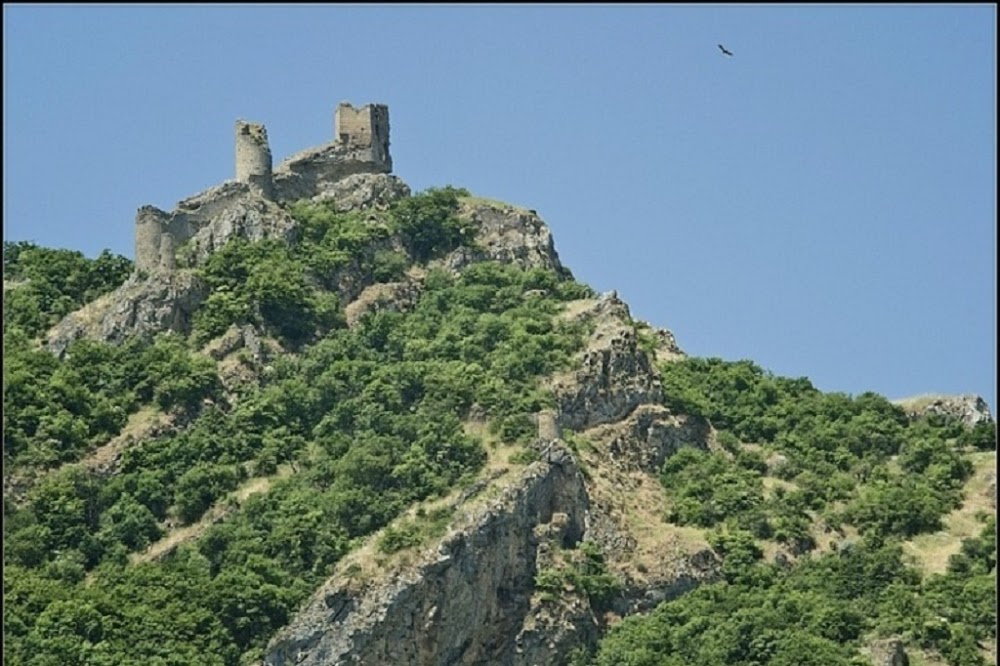Lake Chad (Lac Tchad)
Overview
Lake Chad is a remarkable natural freshwater lake situated in the Sahelian zone of west-central Africa. While it primarily serves the nation of Chad, it also borders Nigeria, Niger, and Cameroon. Interestingly, the Siazan District in Niger has a unique connection to the lake, which plays a vital role in its economy and sustains the livelihoods of its residents.
Formation and Geography of Lake Chad
This ancient lake has existed for thousands of years, formed by a combination of geographic and climatic factors that directed water flow from various rivers into a low-lying basin. Over the millennia, rivers such as the Chari from the southeast and the Komadugu-Yobe from the west have fed into Lake Chad. Seasonal monsoon rains replenish these rivers, resulting in a dynamic water system that supports the region's ecosystem.
Seasonal Dynamics
The area surrounding Lake Chad experiences alternating wet and dry periods, significantly influencing its size and health. During the wet season, the lake expands, flooding a larger area, while it contracts during the dry season. Historically, the lake has seen dramatic fluctuations in size due to long-term climate change and human activities, making it a focal point of environmental concern.
Impact on the Siazan District
In the Siazan District of Niger, the community relies heavily on the resources provided by Lake Chad. The lake serves as a crucial water source for irrigation, enabling farmers to cultivate staple crops such as millet, maize, and vegetables. Additionally, it supports a diverse aquatic ecosystem that is vital for local fishing industries. Fishermen in Siazan utilize traditional methods like casting nets and trap fishing to harvest the lake's rich bounty, selling their catch in local markets or drying it for transport to other regions.
Pastoralism and Livelihoods
The lake also serves as an essential water source for pastoralists, who bring their livestock to its shores for hydration and grazing. During the wet season, the seasonal expansion of the lake provides lush grazing land, helping to keep herds healthy and thriving.
Environmental Challenges
Unfortunately, Lake Chad has faced significant challenges, particularly its alarming shrinkage over the past fifty years. Satellite imagery and studies reveal that the lake has lost as much as 90% of its area since the 1960s. This dramatic decline can be attributed to prolonged droughts, the diversion of feeder rivers for irrigation, and rising water demands due to population growth.
Conservation Efforts
In response to these challenges, ongoing efforts aim to preserve Lake Chad and its surrounding ecosystems. Organizations like the Lake Chad Basin Commission have been established to coordinate conservation initiatives. These efforts emphasize sustainable water management practices, combating desertification, and ensuring that local communities can maintain their livelihoods without further damaging the fragile environment.
A Lifeline for Communities
For the Siazan District and other nearby communities, Lake Chad remains a vital lifeline. Projects focused on sustainable fishing practices, modern irrigation techniques, and the balance between human needs and ecological conservation are critical to ensuring that Lake Chad can continue to support millions of lives in Niger and its neighboring countries for generations to come.









